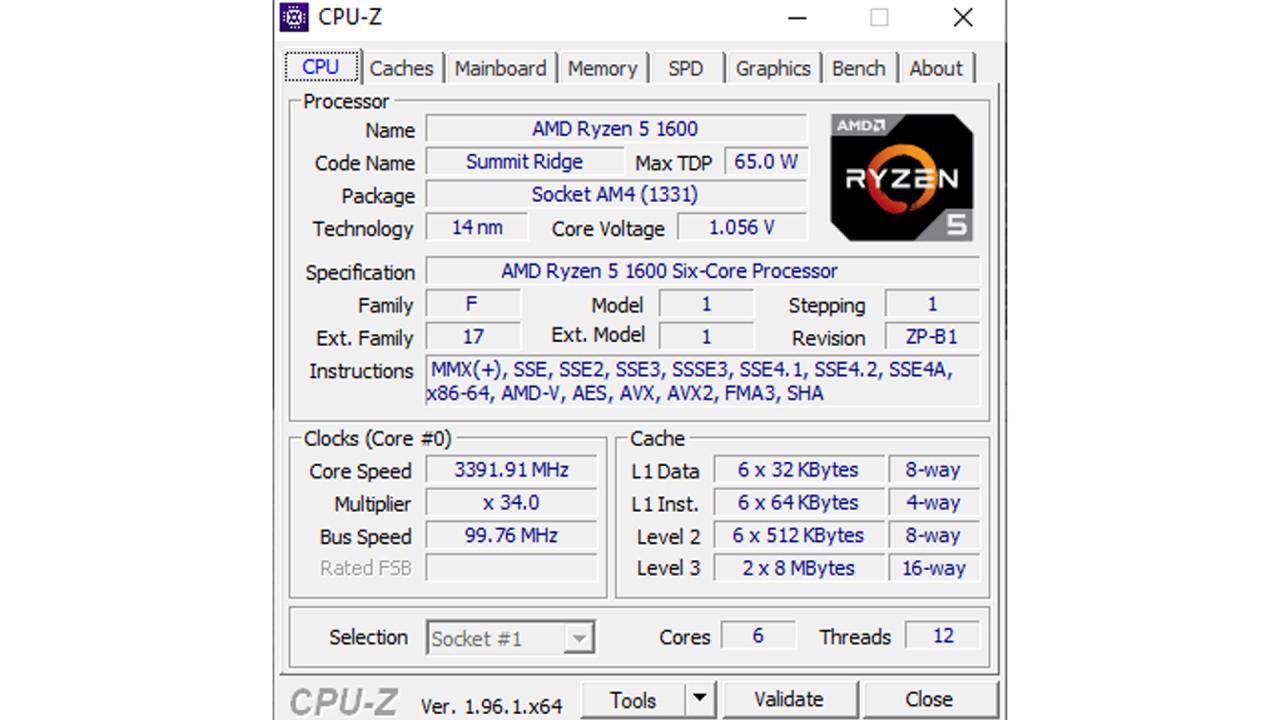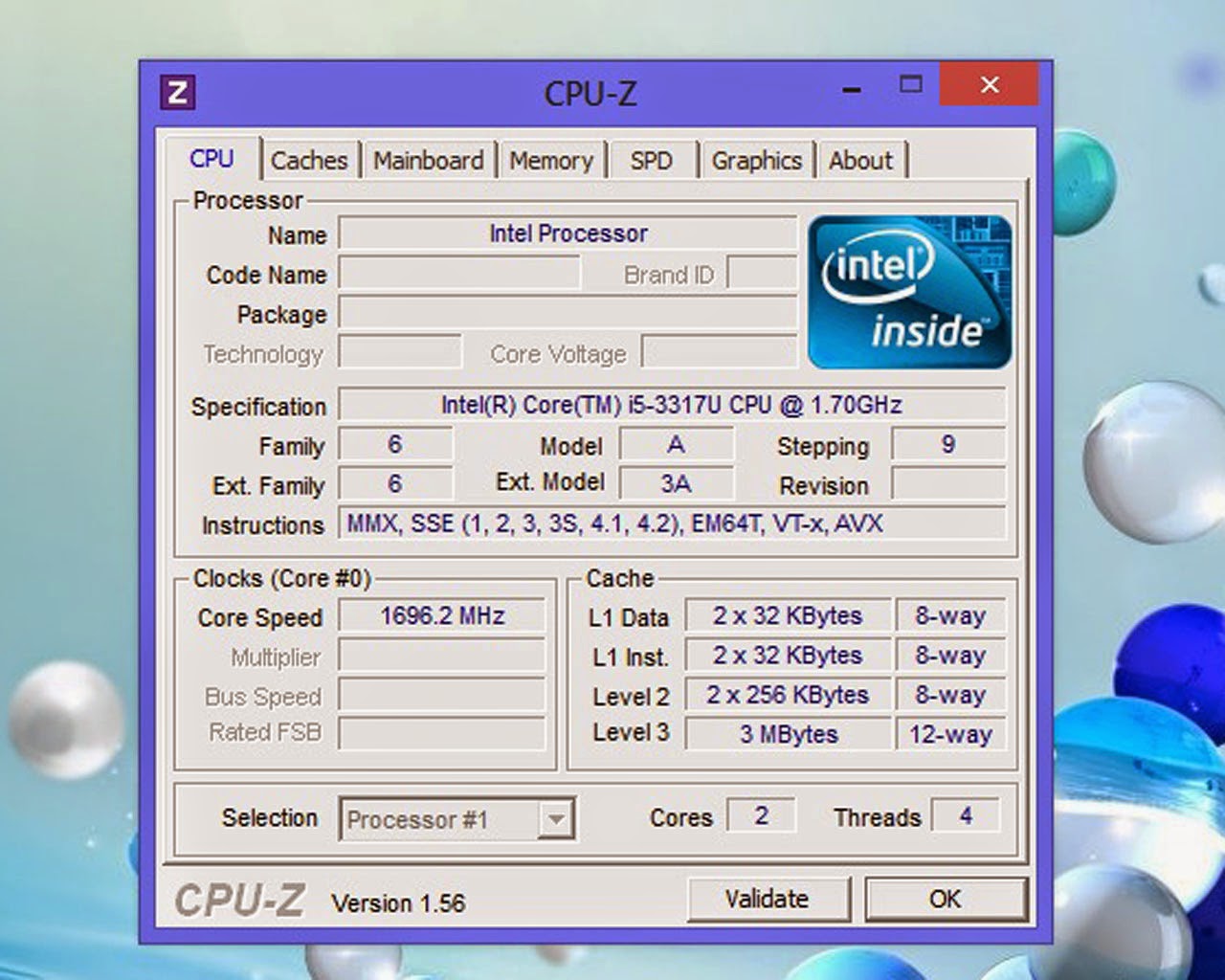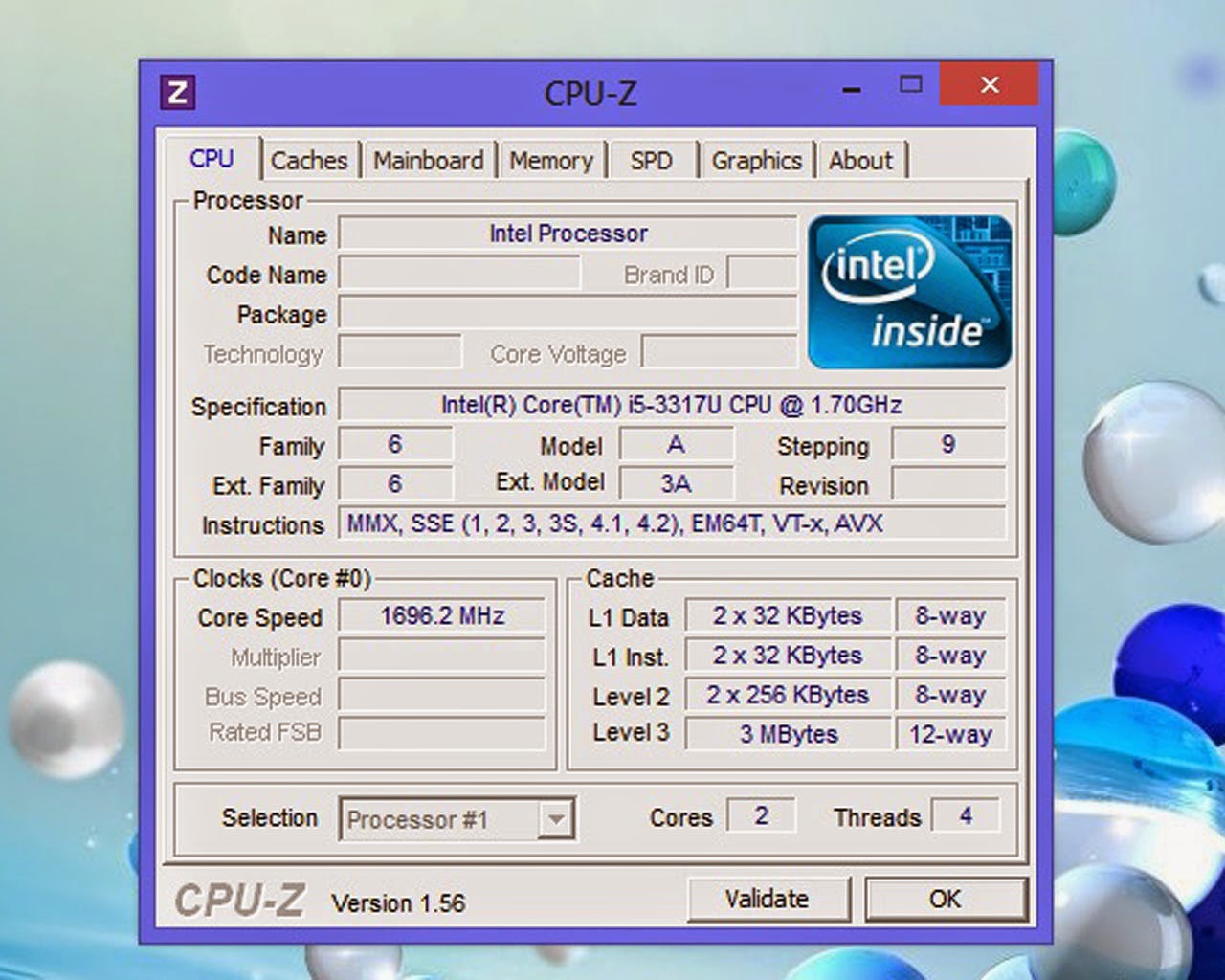Cpu z – CPU-Z is your go-to tool for quickly and easily understanding your computer’s inner workings. This free utility provides detailed information about your CPU, RAM, motherboard, and more, presented in a clear and accessible interface. Whether you’re a seasoned tech enthusiast or a curious beginner, CPU-Z empowers you to peek under the hood and gain a comprehensive understanding of your system’s hardware.
From identifying your processor’s specifications to verifying memory speeds and motherboard details, CPU-Z offers a wealth of information crucial for troubleshooting, upgrading, and even identifying potential hardware problems before they escalate. Its intuitive design makes navigating the data straightforward, making it a must-have tool for anyone wanting to know more about their PC.
CPU-Z: A Deep Dive
CPU-Z is a freeware utility for Windows, macOS, Linux, and Android that provides detailed information about your computer’s hardware components. It’s a go-to tool for anyone needing a quick and reliable overview of their system’s specs, from casual users to experienced tech enthusiasts. This article will explore its features, uses, and limitations.
Introduction to CPU-Z, Cpu z
CPU-Z’s primary function is to display comprehensive information about your computer’s central processing unit (CPU), motherboard, RAM, and graphics card. Its user interface is straightforward and intuitive, presenting data in a clear, organized manner. Key features include detailed specifications for each component, including clock speeds, cache sizes, and manufacturer details. CPU-Z’s development began as a simple tool to identify CPU models, but over the years, it’s evolved into a much more comprehensive system information utility.
Its long history and continuous updates ensure compatibility with the latest hardware.
System Information Gathered by CPU-Z
CPU-Z provides a wealth of system information. It details the CPU’s manufacturer, model, core count, clock speed, cache size, and instruction set. Memory information includes the type of RAM (e.g., DDR4, DDR5), its size, speed, and timings. Motherboard details encompass the manufacturer, model, chipset, and BIOS version. This information is crucial for troubleshooting and system understanding.
So you’re checking your CPU specs with CPU-Z, right? That’s great for system diagnostics. If you’re a Telus customer needing some help with your account, maybe you should try calling the telus loyalty phone number first, before diving deeper into those CPU-Z details. After all, a smooth phone call might save you from troubleshooting hardware issues you could be misinterpreting from CPU-Z readings.
| Component | Manufacturer | Model | Details |
|---|---|---|---|
| CPU | Intel | Core i7-12700K | 12 cores, 20 threads, 3.6 GHz base clock |
| Memory | Crucial | Ballistix 32GB DDR5 | 32GB (2x16GB), 4800MHz |
| Motherboard | ASUS | ROG Maximus Z690 Hero | Intel Z690 chipset, BIOS version 0802 |
| Graphics Card | NVIDIA | GeForce RTX 3080 | 10GB GDDR6X, CUDA cores: 8704 |
CPU-Z’s Use in Troubleshooting

CPU-Z is invaluable for identifying hardware compatibility problems. By accurately identifying components, you can quickly determine if there are any conflicts or incompatibilities. It helps in diagnosing CPU overheating issues by displaying the CPU temperature. This allows users to monitor temperatures and identify potential cooling problems. The tool also verifies CPU clock speeds, helping to detect potential overclocking problems or unexpected clock speed drops.
Comparing CPU Performance with CPU-Z
While CPU-Z provides detailed hardware specifications, it’s important to understand its limitations in performance benchmarking. Compared to dedicated benchmarking tools like Cinebench or 3DMark, CPU-Z doesn’t offer performance metrics. It primarily focuses on identifying hardware components and their specifications. However, its data is crucial in conjunction with other performance tools; for instance, a low clock speed indicated by CPU-Z might explain poor performance results from a benchmark.
In a scenario where a system crashes frequently, CPU-Z can help identify the culprit. If CPU-Z reveals an unsupported CPU or RAM configuration, it would point to potential hardware incompatibility as the source of instability.
Advanced Features and Uses of CPU-Z

The free version of CPU-Z provides comprehensive information for most users. One of its most useful features is the ability to identify counterfeit hardware. By comparing the reported specifications with the manufacturer’s specifications, users can verify the authenticity of their components.
- Open CPU-Z.
- Navigate to the “CPU,” “Memory,” “Mainboard,” and “Graphics” tabs.
- Note down all the displayed information, including model numbers, serial numbers, and other relevant details.
- Compare the gathered information with the specifications provided by the component manufacturers.
- Any discrepancies might indicate counterfeit hardware.
Visual Representation of CPU-Z Data

CPU-Z presents CPU information visually, clearly showing the core count, clock speed, and temperature. The CPU temperature is displayed numerically and graphically using a color-coded bar graph; generally, green indicates normal operating temperatures, yellow suggests elevated temperatures, and red indicates dangerously high temperatures. This information is located prominently on the CPU tab. Memory information is displayed in a tabular format, showing RAM type, speed, and size.
Final Wrap-Up
CPU-Z isn’t just a simple system information tool; it’s a powerful diagnostic and informational resource. Its ability to quickly provide detailed hardware specifications makes it invaluable for troubleshooting, upgrading, and ensuring your system is running optimally. Whether you need to verify compatibility, diagnose performance issues, or simply satisfy your curiosity about your PC’s components, CPU-Z is an indispensable tool that deserves a place in every computer user’s toolkit.
CPU-Z is a great tool for checking your system specs, especially if you’re building a PC or troubleshooting performance issues. Sometimes, though, you need to check if other services are working, like if you’re wondering “is chat gpt down?”, check this link is chat gpt down to see if it’s a problem on their end. Then, you can get back to optimizing your system with CPU-Z’s detailed information.
Detailed FAQs: Cpu Z
Is CPU-Z safe to use?
CPU-Z is a great tool for checking your system specs, especially if you’re troubleshooting performance issues. Sometimes, though, you might find yourself wondering if the problem lies elsewhere, like if your AI assistant is acting up – check if is chat gpt down before you start digging deeper into your CPU’s details with CPU-Z. Once you’ve ruled that out, you can get back to analyzing those CPU-Z readings!
Yes, CPU-Z is a safe and reputable utility from a trusted developer. It’s a read-only tool; it doesn’t modify your system’s settings.
Can CPU-Z help me overclock my CPU?
CPU-Z itself doesn’t overclock, but it helps you monitor your CPU’s clock speeds and temperatures during overclocking, allowing you to track stability and prevent damage.
Does CPU-Z work on all operating systems?
CPU-Z supports Windows, macOS, Linux, and Android, offering broad compatibility.
Where can I download CPU-Z?
Download it directly from the official CPU-Z website to ensure you get the latest version and avoid malware.
